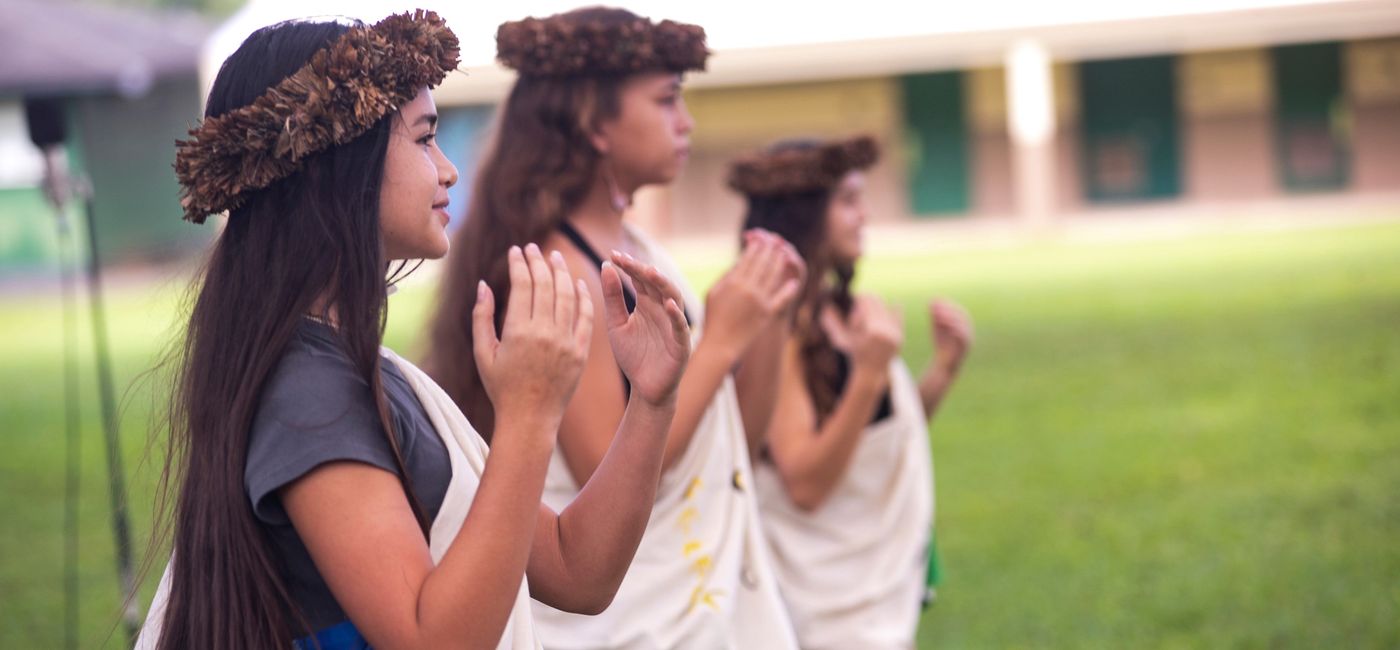Hawai‘i Tourism Authority Reinvests $2.7 Million for Natural Resource Preservation, Perpetuation of Hawaiian Culture

Hawai’i Tourism Authority has awarded 53 community-based programs $2.7 million in funding through its Aloha ‘Āina ($1.35 million) and Kūkulu Ola ($1.35 million) programs this year, to help preserve Hawaii’s important natural resources and culture.
The HTA, which has been embroiled in legislative debates surrounding its possible dissolution, has provided over $13 million to local programs to help preserve Hawai’i’s natural resources and over $12.5 million to support programs that help protect and perpetuate Hawaiian culture since 2010.
The organization’s Aloha ‘Āina program funds community organizations and projects that work to preserve and regenerate the state’s natural resources and cultural sites, while its Kūkulu Ola program funds community groups and cultural practitioners to strengthen and preserve Hawaiian culture.
This year, some of the organizations that received awards included the Hawai’i Forest Institute, which received $40,000 to fund one of its forest projects, the Moloka’i Land Trust, which received $75,000 for integrating voluntourism initiatives to improve Anapuka; and Maui’s Hāna Arts, a non-profit offering community involvement and education in Hawaiian dance and culture as well as broader arts and music, which received $50,000.
This year, the HTA partnered with the Hawai’i Community Foundation (HCF) for this year’s administration of the two programs.
“HTA’s Aloha ‘Āina and Kūkulu Ola programs provide direct avenues for protecting our islands’ fragile ecosystems and strengthening our culture,” said Kalani Ka‘anā‘anā, HTA’s chief brand officer. “We are proud to continue our work in supporting community-based organizations and the many dedicated stewards and Native Hawaiian practitioners who are committed to natural resource and cultural sustainability throughout Hawai‘i.”
